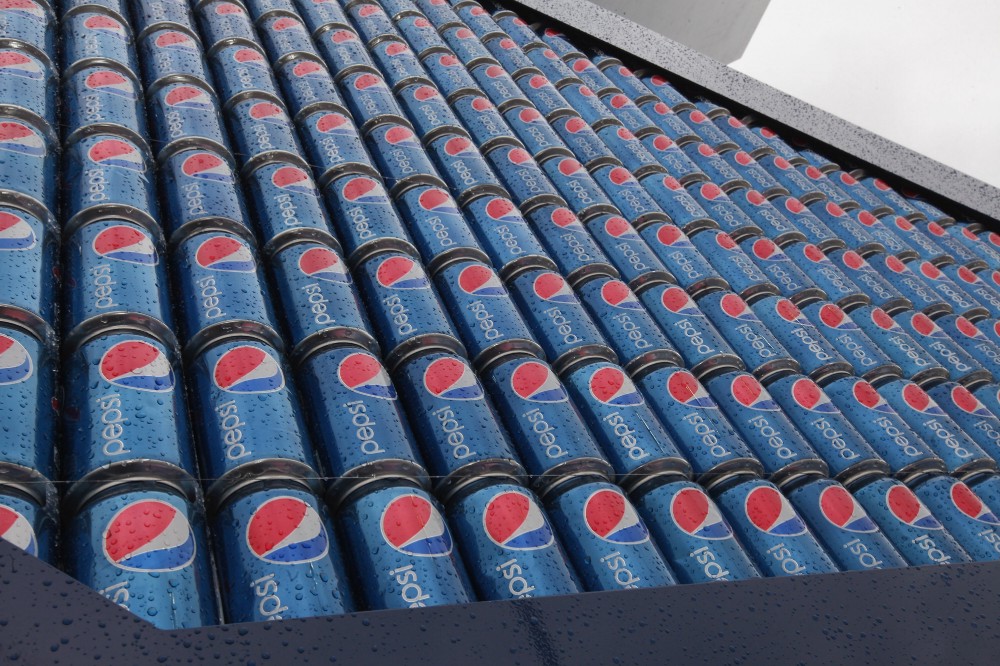
There’s this scene in Get Out where Bradley Whitford’s character says, “I would have voted for Obama a third time if I could.” Playing the seemingly harmless father of Daniel Kaluuya’s white girlfriend, Whitford perfectly portrays a certain kind of clueless white liberal whom most people of color know well. It’s the liberal who earnestly explains why The Wire is one of the best shows in television history to every black person they meet. Or the one who manages to mention, casually, in every discussion, how innovative, how raw Ta-Nehisi Coates or Haruki Murakami is.
Or the one who creates an advertisement depicting a generic sea of attractive, multi-racial Millennials protesting some undefined injustice, starring … Kendall Jenner of the Kardashian clan?
The brand of white liberalism that Jordan Peele pokes fun at in his directorial debut can be likened to the liberalism found in that incredibly tone-deaf Pepsi ad last week, a public gaffe that could only be usurped in a contest of mark-missing by Press Secretary Sean Spicer, who this week said, very erroneously, that Adolf Hitler never used chemical weapons — his attempt to denounce the recent gas attacks carried out by Bashar al-Assad’s regime in Syria.
While there are countless articles and tweets out there describing the two-and-a-half minute ad, it’s worth hashing out where, exactly, it devolved from cluelessness to the sort of menace tightly stitched into the DNA of Get Out. The commercial begins with a hoard of young, diverse protesters pop-locking and posing down a street. What they’re protesting, we don’t really know. All we see is that they’re carrying Pepsi-blue signs that say, “Join the conversation.” Maybe they’re angry at the Federal Communication Commission’s decision to stop nine companies from providing poor people federally subsidized Internet access. Or at the grim reality that the Supreme Court is about to get a bit more bigoted. But this is performative protest — so who cares!
Enter the world’s most famous paid protestor, Jenner. The protest (and a cute boy, because protests are really just live versions of Tinder, apparently) catches her eye, and she decides to live boldly and leave her photo-shoot, handing her blonde wig to the only black woman in the entire commercial. As Skip Marley’s “Lion” plays over the joyous protest, Jenner grabs a Pepsi and breaks from the crowd to offer the sugary peace offering to the incredibly symmetrical line of police watching the protest. The image, of course, conjures the iconic moment when Ieshia Evans stood, alone, against a line of militarized police in Baton Rouge, Louisiana. Except instead of being met with handcuffs, Jenner is met with joyful cheers from the crowd of protesters behind her as the police officer cracks open the can of Pepsi.
How refreshing. I guess we’re to assume that, in the following moments, world hunger ended or that the United States formally apologized for slavery, Jim Crow, or the War on Drugs — something along those noble lines.
There are many implicit messages conveyed in the ad that are worthy of criticism, from the use of protest imagery to peddle Pepsi to the idea that a rich, white model who’s never expressed one iota of nuanced political thought should be the focal point of an ad that is, likely, supposed to be about marginalization. But what struck me as I watched — and re-watched — the ad before it inevitably got taken down was the earnest feel of the entire affair. Saturday Night Live successfully parodied how painfully obvious it was that whoever sat in the writing room or in the director’s chair genuinely thought this was a great idea.
And that’s the bigger problem.
As the Washington Post’s global opinions editor Karen Attiah describes, the ad “represents a pervasive and persistent white liberal fantasy of U.S. protest politics that trivializes the long and oftentimes dangerous work of resistance and protest.” She goes on to say that, at the same time, this fantasy “marginalizes people of color who often are the drivers of such protests, at great costs to their lives and livelihoods.”
This shiny, fictionalized version of resistance has been especially apparent since the election, implicit in everything from protest selfies to the safety pin movement. It inspires performances of “wokeness,” carefully configured to earn brownie points from people of color — and ire when those people of color see right through the empty gestures. It spawns clever signs and Facebook statuses, neatly manicured not to challenge ignorant relatives. It creates a feminism that is easily claimed by celebrities who have done nothing to further gender equality other than admit that they forgot to shave their legs that one time — in other words, they don’t have any hair, er, skin in the game.
And while this fantasy existed long before Donald Trump took over the White House in January — evidenced in the widespread disapproval of actual protest in the wake of incidences of police brutality — it’s hard to think that the Pepsi ad wasn’t inspired, at least in part, by the images produced by the influx of first-time protesters into the “resistance,” whose only real engagement with protest before had probably been filtered through sanitized accounts of the civil rights movement. This performative protest is easily commercialized and consumed, because it’s never had any grounding in reality — it can be put on, and taken off, just as easily as Jenner’s wig.
This story originally appeared in New America’s digital magazine, New America Weekly, a Pacific Standard partner site. Sign up to get New America Weekly delivered to your inbox, and follow @NewAmerica on Twitter.





